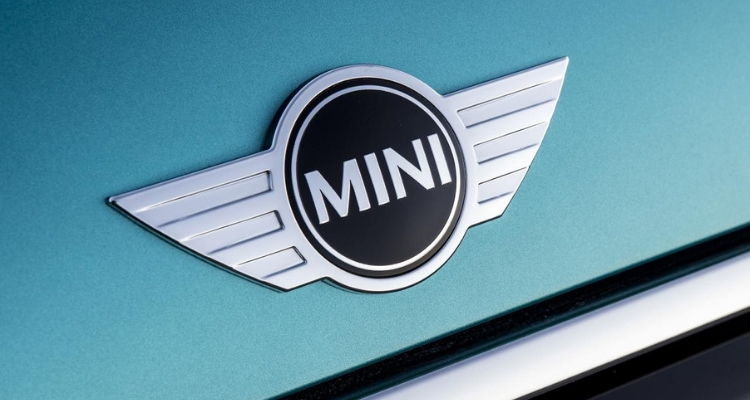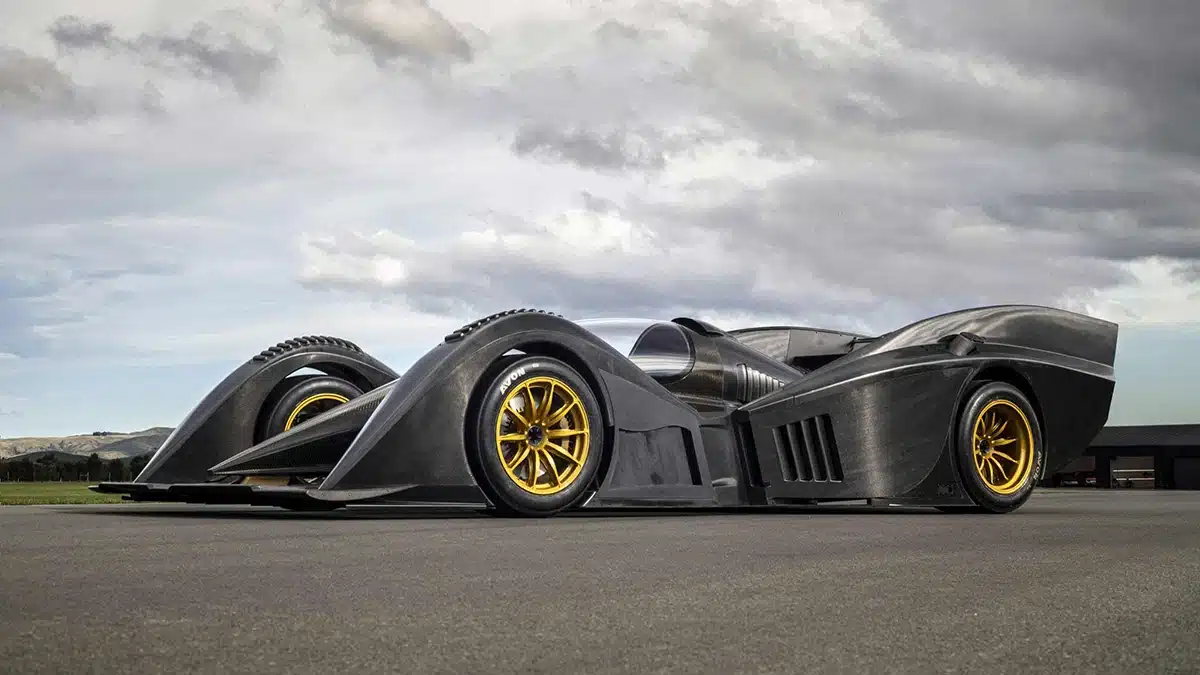The term “classic car” is banded around a lot. But it’s not exactly clear what people mean by it.
For some enthusiasts, “classic” simply refers to the fact that a car is interesting and no longer in production. Others have much more specific definitions, using the term only to refer to motors built at a certain time – such as after World War II but before 1980.
Neither is necessarily wrong, but how can both be correct? What marks the point when a car ceases to be “a bit old” and becomes a fully fledged classic?

Fortunately, the team at Honest John Classics have used government MoT data to come up with some answers. They’ve coined a new term – the “year of the banger” – to refer to the point when MoT pass rates stop falling and start to climb.
While not necessarily completely watertight, it’s not too much of a stretch to imagine that pass rates begin rising after a certain point because owners of those cars are prepared to spend more money on them – indicating that they have become, to some extent, “classic”.
So when is the all-important year of the banger? At the moment, it falls in 2001. Cars built in this year have the worst pass rate at just 50.4 per cent; older models have higher pass rates.

“This shows us that 18 is roughly the age where a car stops becoming a banger and starts to become cherished,” explains Honest John Classics editor Keith Moody. “The insurance industry will sometimes use a cut-off date of 25 years, but we much prefer to look at the MoT data.”
Having established this point, Honest John has been able to take a stab at predicting which motors are on the cusp of becoming modern-day classics.

Perhaps unsurprisingly, one of its top tips is the original BMW-built MINI, which celebrates its 18th birthday this year. The MINI has long been a cult favourite, particularly among British motorists, so it stands to reason that the 2001 vintage is poised for classic-dom.
Tanya Field is in charge of the MINI Y-register, an organisation dedicated to the very first batch of BMW-made MINIs to roll off the production line. As the name suggests, these cars were registered with Y-prefix number plates issued from March to August 2001. She says that Y-reg MINIs are already becoming extremely popular due to their niche appeal, and that all 2001 MINIs are now highly collectable among enthusiasts.
“As with any classic car, enthusiasm is often driven by nostalgia, and the fact that the MINI is British, has loads of character and is such good fun to drive really helps,” she explains.

Several other early-noughties models are also ready and waiting to joint the classic motoring leagues, according to Honest John. Another notable example is the Rover 75 – the last Rover ever built before the company went to the wall in 2005.
Other future classics of similar vintage to the Rover 75 include the MG TF and ZR, as well as the Jaguar XJ, while popular Japanese models such as the Toyota MR2 and Mazda MX-5 also made the list.
For more articles like this, receive our weekly e-newsletter, including partner deals and all things motoring, register your email below.
Please note: You cannot subscribe to Smart-Motoring unless you put a tick in the checkbox below to indicate have read and agreed to our privacy policy.



